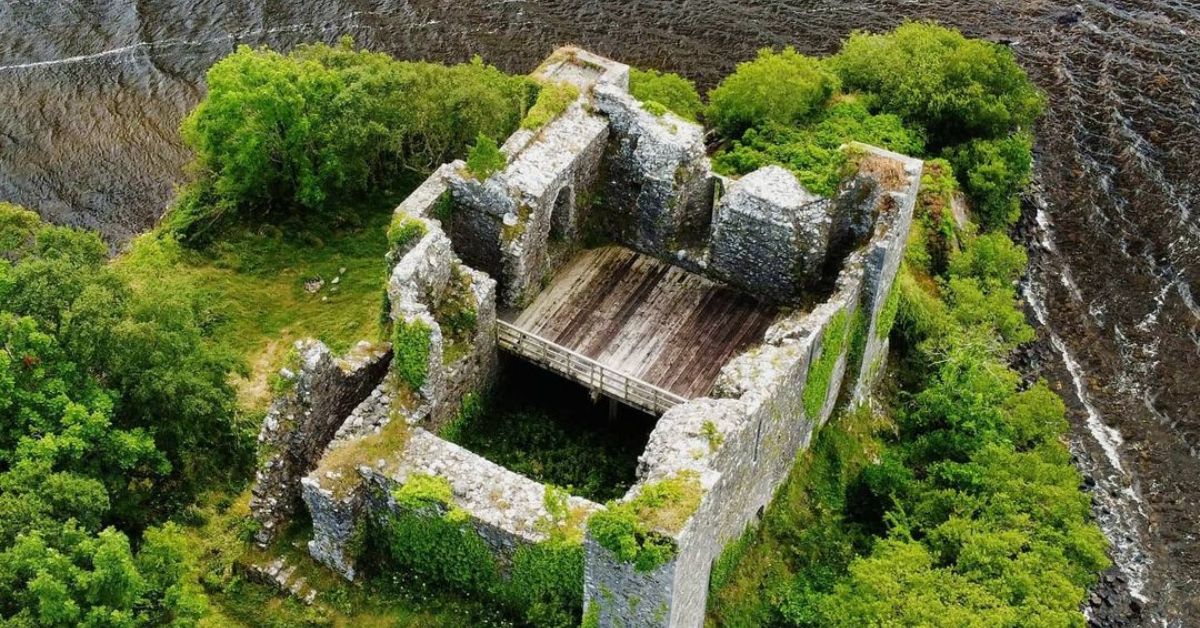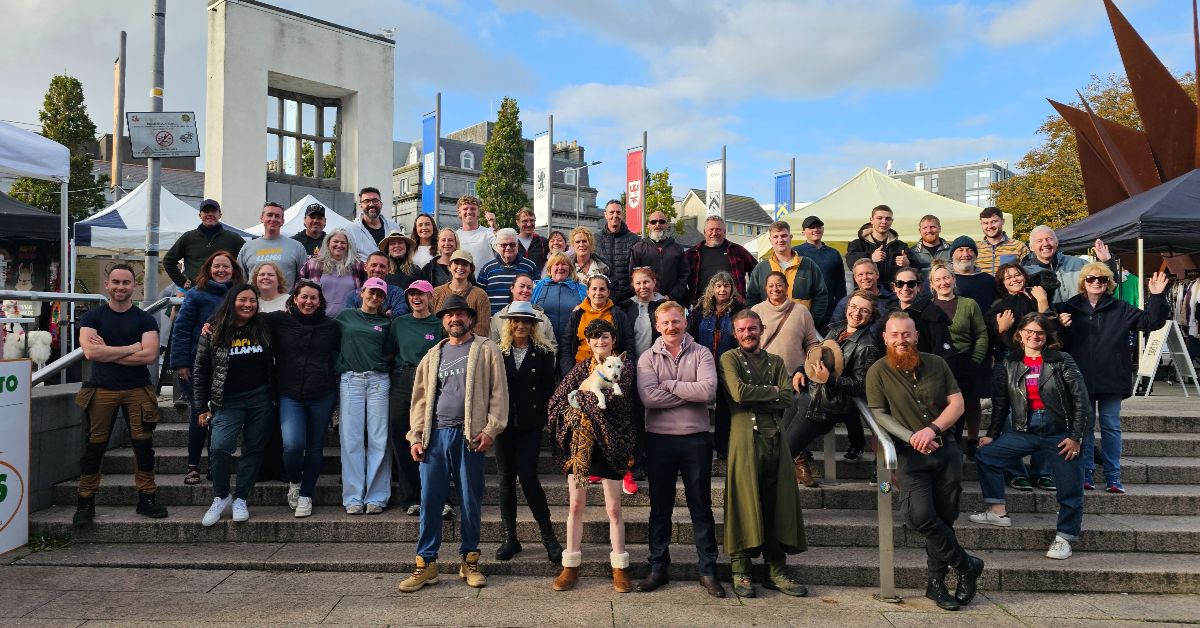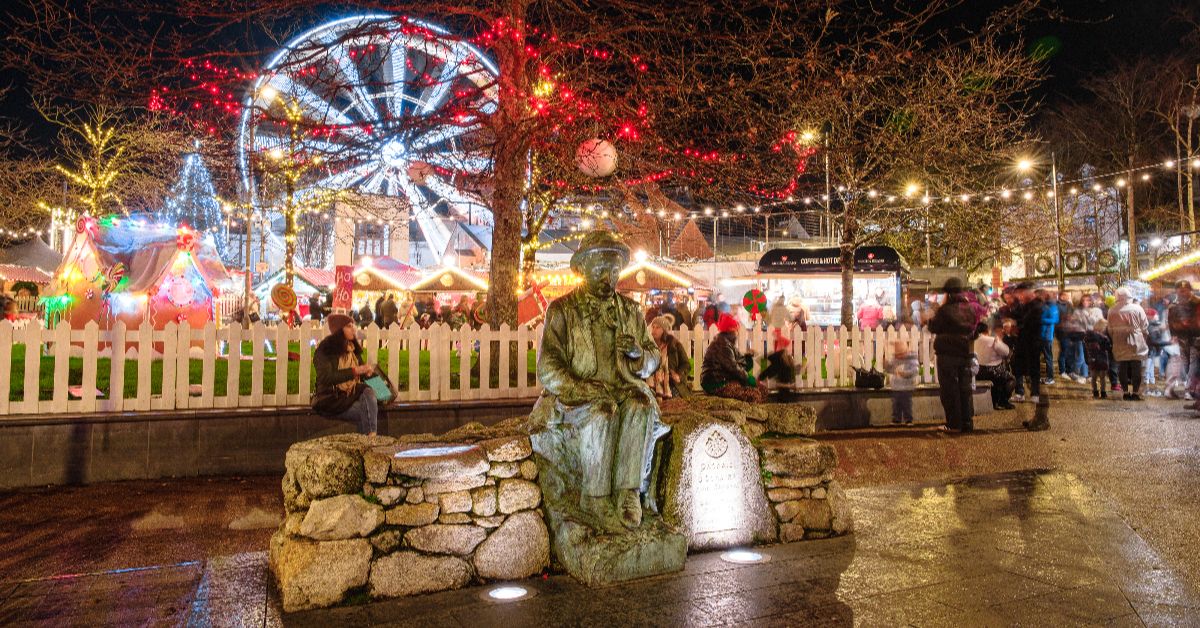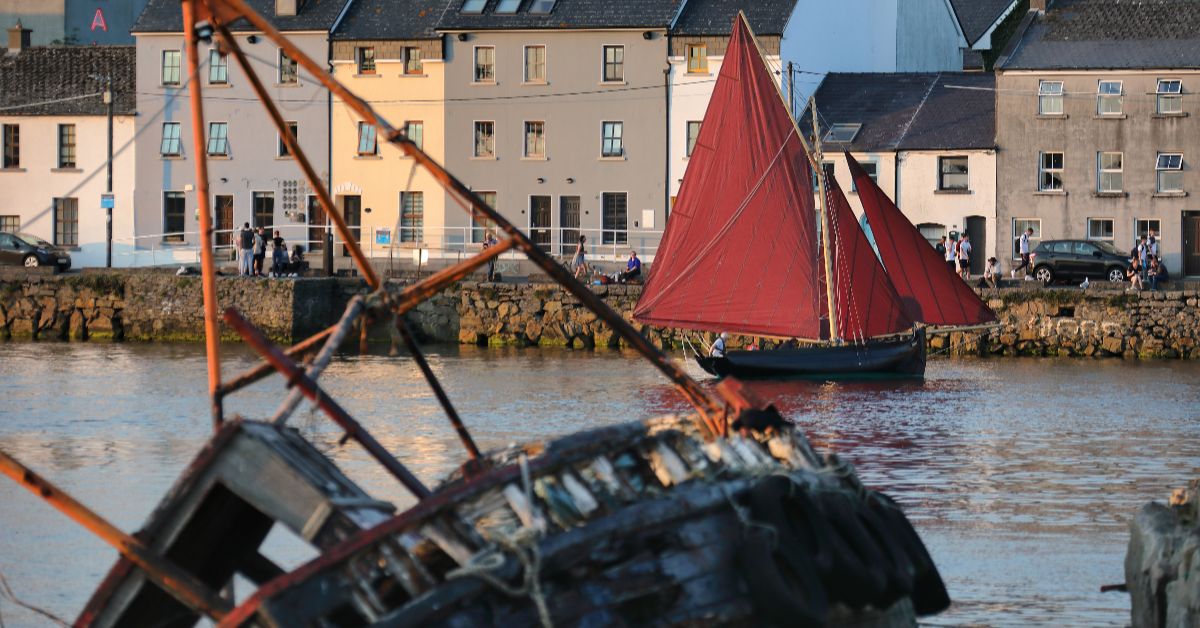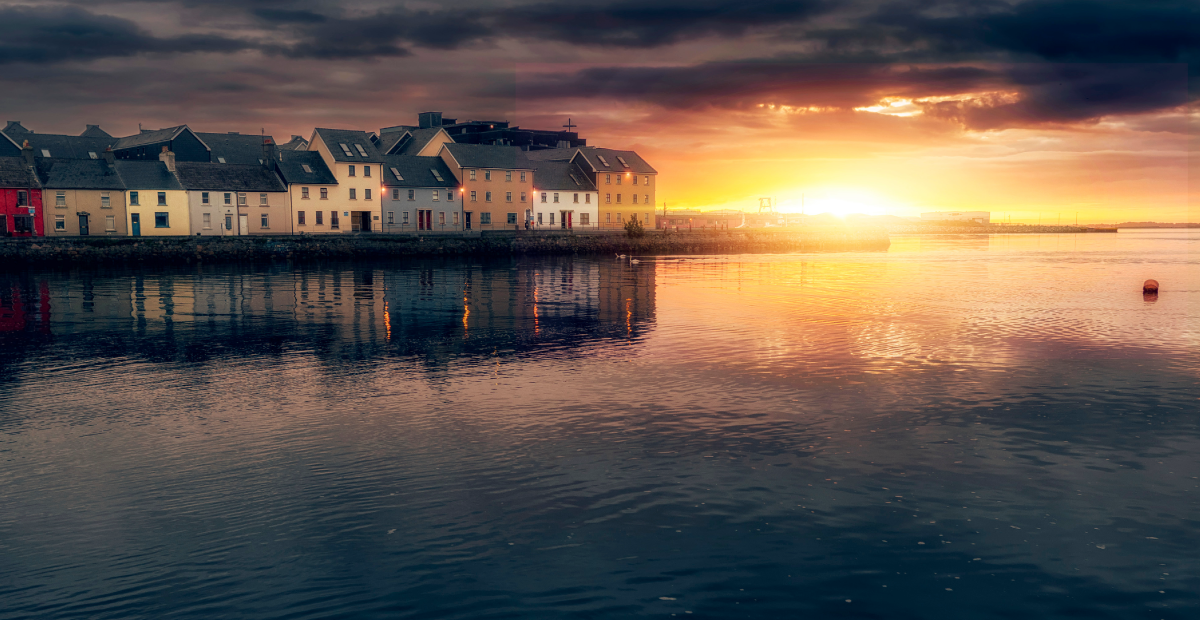Rising majestically out of Lough Corrib, Castlekirk is accessible only by boat! Also referred to as Hen’s Castle, the fact that the castle is located on the Republic of Ireland’s largest lake only adds to the magnificence and magic of Castlekirk.
Believed to be one of the oldest mortared castles in Ireland, the history of Castlekirk is intertwined with legendary figures and powerful myths. Established on a half acre island, Castlekirk is an early 12th century tower house built by the sons of Ruaidrí na Saide Buide and aided by William FitzAldelm. In 1225, the Lord Justice Sir Edmund Butler forced Odo O’Flaherty to give Castlekirk to Aedh Ua Conchobair, the King of Connacht, as a sign of his loyalty. Eight years later the castle was knocked down and rebuilt by Fedlimid, son of Cathal Crobhdearg Ua Conchobair.
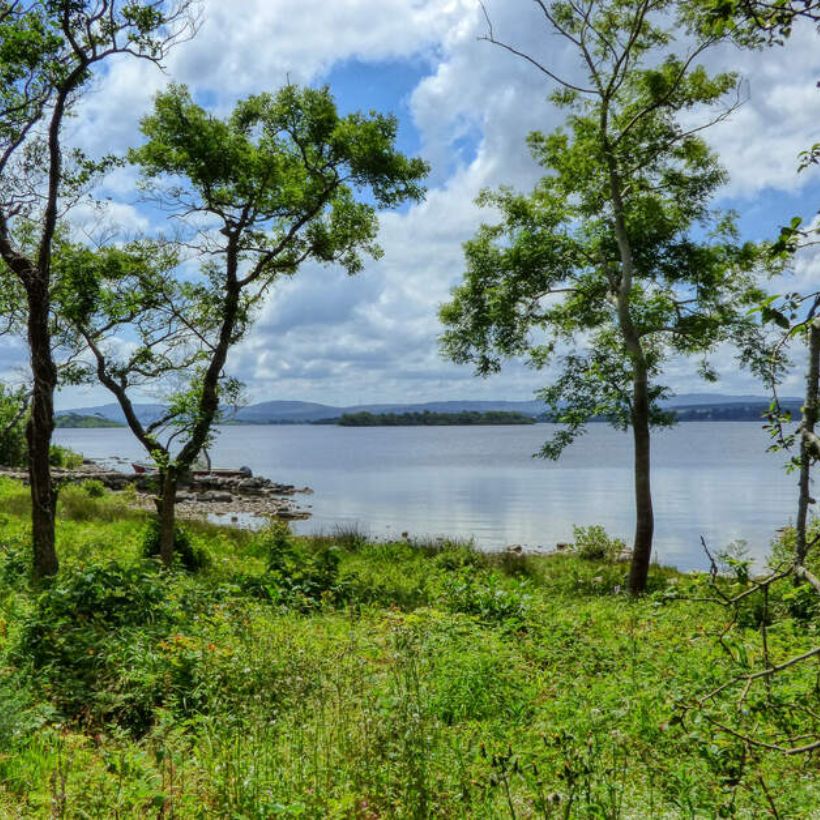
In 1546, at the age of 16, the famous Pirate Queen Gráinne Mhaol (Grace O'Malley) married Dónal an-Chogaidh O'Flaherty who, because of his aggressive behaviour, got the nickname The Cock and she was in turn referred to as The Hen. Following the murder of her husband by his rivals the Joyces, Gráinne fought back and reclaimed the castle. It is from this moment that the castle became known as Hen’s Castle. It continued to be used as a castle until it was yielded to Cromwellian soldiers in 1654. In the 19th century the castle was pillaged and hundreds of its stones were removed to build houses in the area.
While the ancient castle has housed its fair share of notable historical figures, the history of the structure is surrounded with magical tales. Some say that the castle was too difficult for the O Fflaherties, Gaelic Lords of Connemara, to build so they asked a witch for aid. After a day and a night of casting spells the castle was constructed by a cock and hen under the magic of the witch. The witch left the magic hen to guard the castle, warning that as long as the hen was cared for the castle would not fall. As time went on and the weather worsened, the inhabitants of the castle were forced to use up their food stores and in their plight. They killed and ate the magic hen. Shortly after this the castle was conquered and demolished.
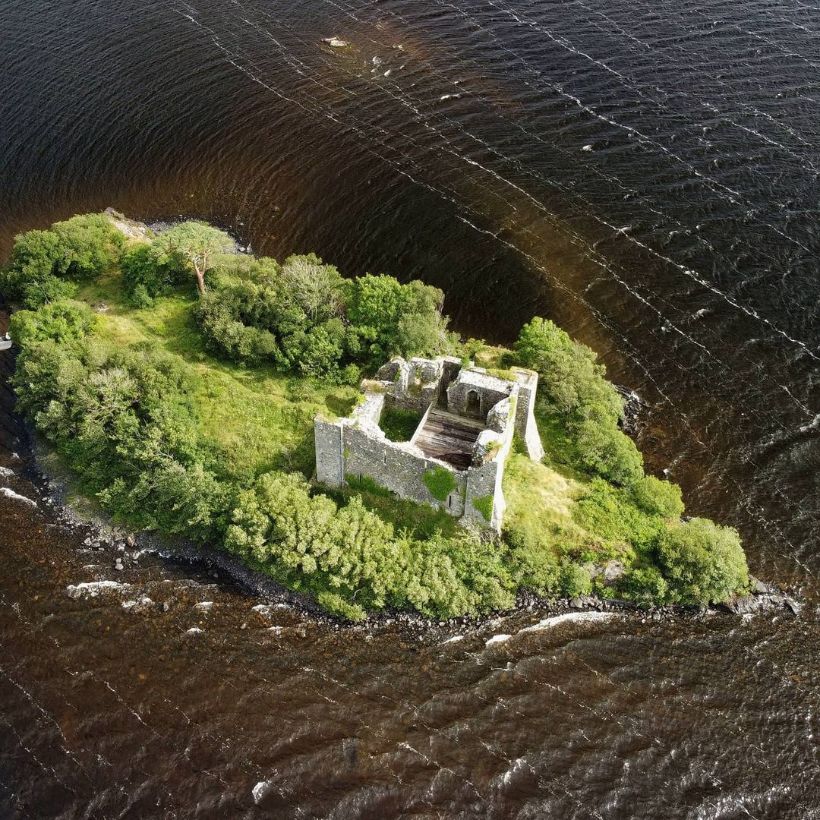
Due to its isolated location out on Lough Corrib, it really is no wonder that it has managed to maintain an air of mystery and intrigue throughout the centuries. In the mid 19th century the charms of Lough Corrib gained the admiration of one notable figure, William Wilde, the father of the famous Irish playwright Oscar Wilde. His curiosity captivated Wilde went on to write a thoroughly researched tome on its islands. During his research he noted that he "was not a little surprised to find that notwithstanding it's perfect accessibility, this interesting district was unknown to tourists, and the true character and history of its monuments were neither appreciated nor understood by its inhabitants".
Nowadays, while the interior of Castlekirk has been reduced to a mass of stones and weeds, what remains of the keep remains to be a very impressive sight. It’s easy to visualise what this castle must have looked like hundreds of years ago when it was ruled by a young pirate queen and her fleet guarding the waters of Lough Corrib.
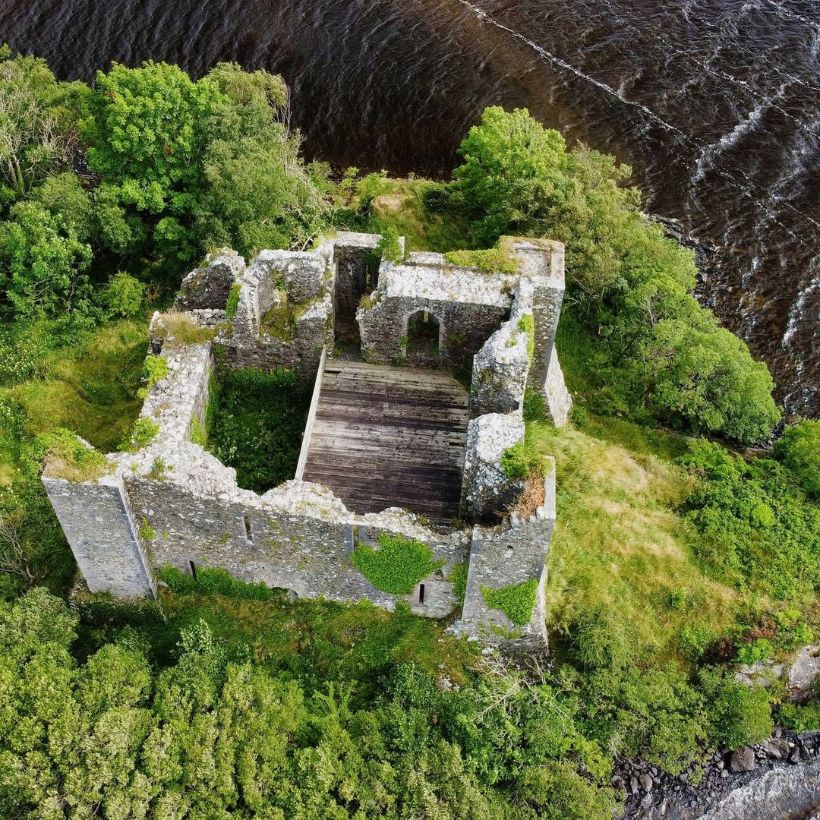
Huge thanks to @irelandshistoricalspots for the fantastic aerial photographs of Castlekirk. Follow them here for more.
Published on Updated on


